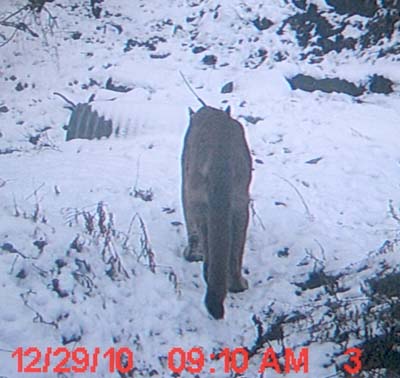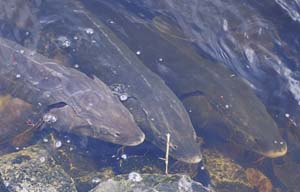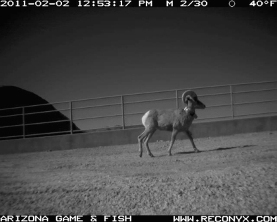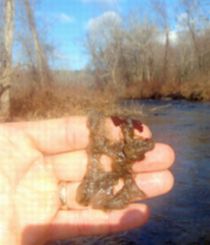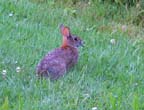Forty-two percent of the moose in Wyoming are infected with carotid artery worm, known as “sore head” in sheep, and as Elaeophora schneideri scientifically. When the worm, actually a nematode, was found in the Wyoming moose that also had the state’s first case of chronic wasting disease (CWD) in a moose, state biologists investigated further.
They tested 287 moose that were either killed by hunters or found dead, and found 42 percent of them were infected with carotid artery worm. In some parts of the state, the rate is as high as 50 percent.
Carotid artery worm was first found in mule deer and in domestic sheep in New Mexico. It does not seem to create any symptoms in the mule deer. The worm is transmitted from animal to animal by horseflies (tabanid flies). The symptoms in moose and elk include the animal’s nose and ears rotting away, and deformed antlers. The nematode can kill the moose before these symptoms occur. Carotid artery worm infections have been mistaken for CWD.
Carotid artery worm has been found in wild animals in 18 states in the South, Midwest, and West. A similar nematodes infect animals in Europe, Asia, and Africa.
Wyoming has been experiencing a decline in moose numbers, but it’s not known what role the carotid artery worm infection rate is playing.
Piece together the story through this news article in the Jackson Hole News & Guide, this species account for moose from the Wyoming Game & Fish Department (PDF), and this sample abstract from an upcoming moose conference in Wyoming.
For background on the nematode, focusing on the infection of mule deer in Nebraska, try this open access article from The Journal of Wildlife Diseases.


